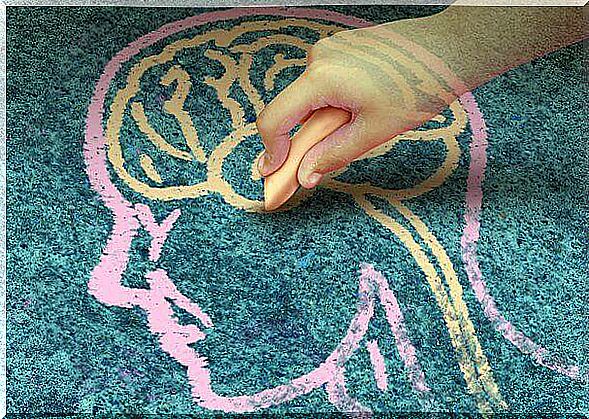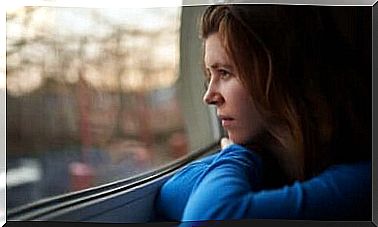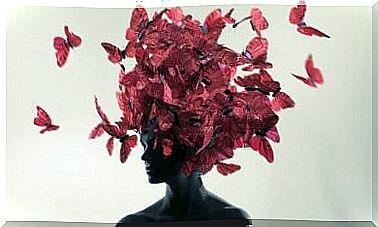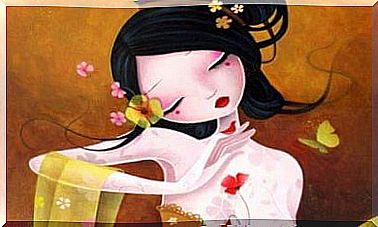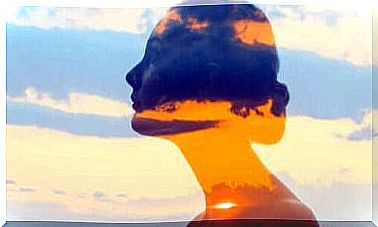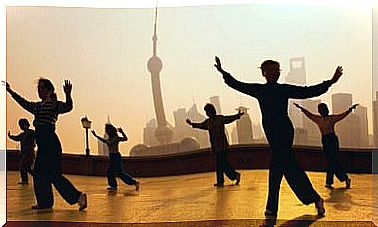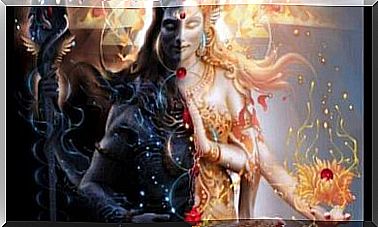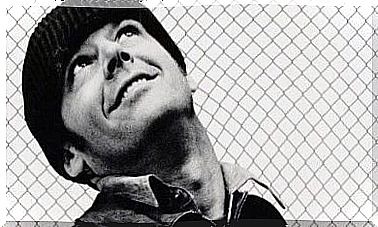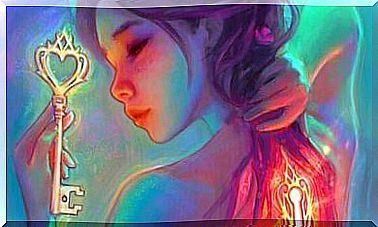Dancing Can Help Fight Brain Aging
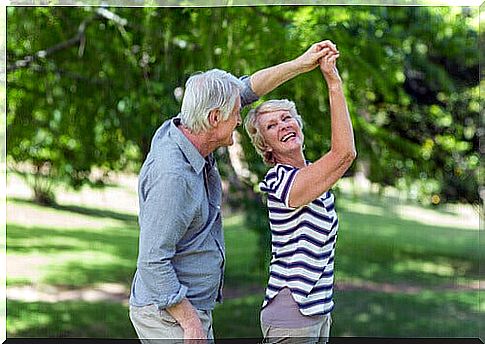
One of the most entertaining ways to fight brain aging is to dance. In addition to being a great exercise for the body, dancing is also a great exercise for the mind. It’s an amazing and entertaining way to keep our brains nimble.
This without age limit. In fact, for the elderly, dancing is one of the best ways to maintain the optimal balance between body and mind. Plus, physical activity in general, and dancing in particular, can help reverse the signs of brain aging at this stage of life.
Physical activity to fight brain aging
As we age, many changes in the brain occur. Among them, we find in particular the decrease in brain tissue, reduced blood flow and decreased communication between brain cells. All of these changes can have an impact on cognitive functioning, and especially on learning and memory.
Many studies have suggested that physical activity in adulthood can help slow the cognitive deterioration associated with the passage of time. In fact, a study published in Neurology magazine found a direct relationship between regular moderate to high intensity exercise and the slower decline in memory and reasoning skills in people over the age of 50.

However, exercising regularly and at a moderate to high intensity is not something that manages to convince many people, and even less from the age of 50. Is not it ? The good news is that there are effective ways to exercise and fight brain aging that don’t involve going to the gym or putting on sneakers for a run; dance for example. This is confirmed by a new study published in the magazine Frontiers in Human Neuroscience .
The effect of dance on the seahorse
The aforementioned study involved 52 healthy adults aged 63 to 80. Each participant was randomly assigned to one of two possible groups for a period of 18 months. One group was asked to participate in a 90 minute dance class each week while the other group participated in 90 minutes of strength and resistance training each week.
It should be emphasized that physical activity was very different in structure between the two groups. So while the dance group faced new routines each week, the strength and resistance training group activities were repetitive.
In the dance group, we made constant changes in the dance choreography, every two weeks we changed steps, the positioning of the arms, the formations, the speed and the rhythm in order to keep the participants in a learning process. constant. In this way, the most challenging aspect for the participants was to remember the sequences under the pressure of time and without any indication from the teacher, as requested by the researchers.
At the start of the study and at the end (after 18 months), each participant performed magnetic resonance of the brain. In addition, the subjects were assessed before and after the intervention using a sensory organization test.
The researchers found that both groups demonstrated an increase in the size of the hippocampus, but in the dancers this growth was greater. In addition, only the people who danced showed an increase in neural connections in the convolution of the hippocampus, the region of the brain associated with learning, memory and emotion which is in addition, the region which is most often affected by changes in the brain related to age.
Dancing is a great exercise for the elderly
The researchers believed that the learning process involved in dancing might explain the additional benefits observed. In fact, the team found that dancing also led to significant improvements in participants’ balance, while in the strength and resistance training group such progress was not seen.

The researchers explain that the group that danced for 18 months showed developments in parts of the hippocampus, while these changes were not seen in the other group. This indicates that, in addition to physical condition, other factors related to dancing contribute to changes in the volume of the hippocampus.
For this, the researchers claim that the additional challenges involved in the dance program, namely cognitive and sensorimotor stimulation, induced additional changes in the volume of the hippocampus, in addition to those attributable to physical ability.
The researchers point out that physical activity is one of the lifestyle factors that can most contribute to an independent and healthy life last as long as possible because it helps to counteract risk factors and curb age-related decline. For this, dancing is a powerful tool, capable of imposing new challenges on body and mind, especially in old age.
